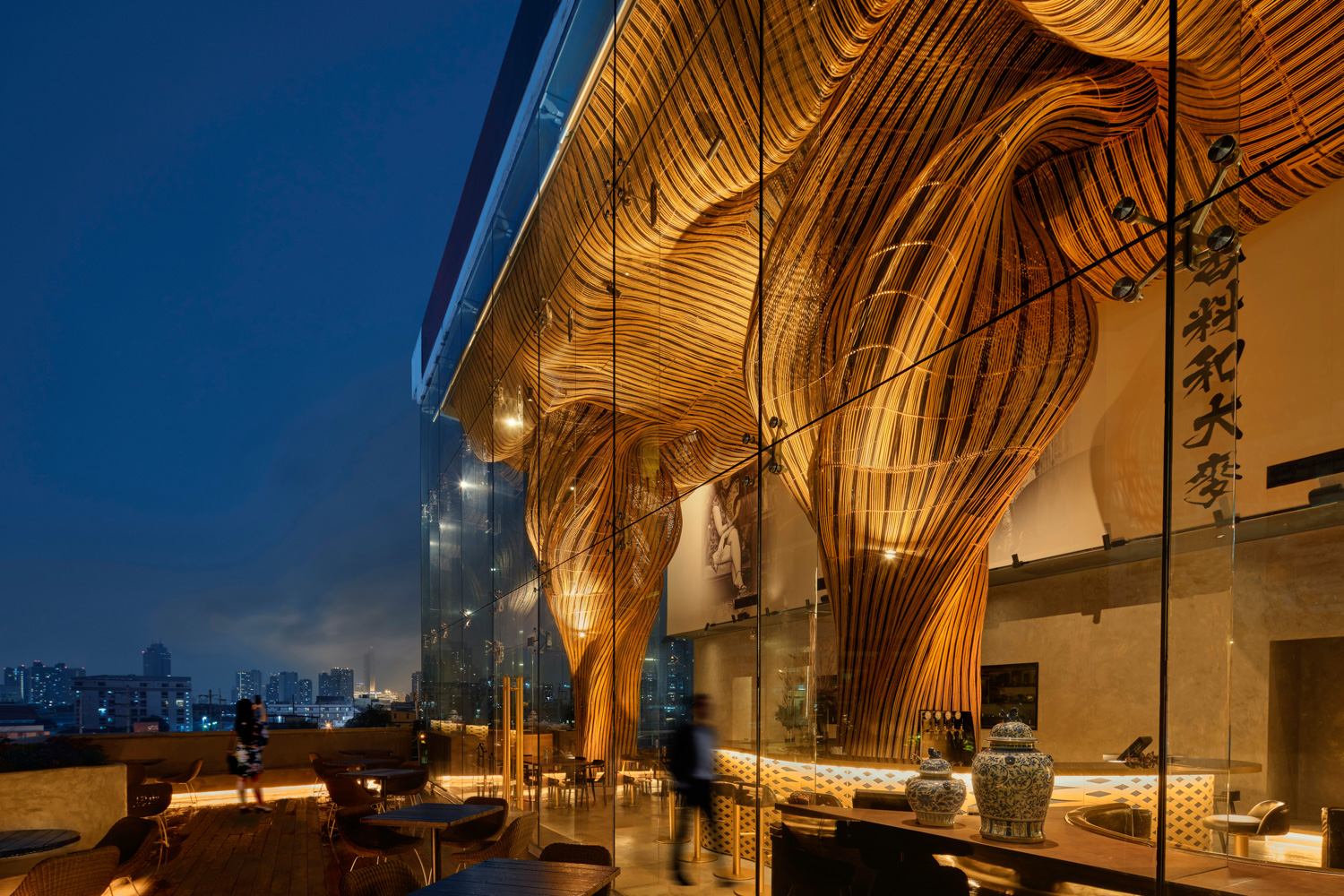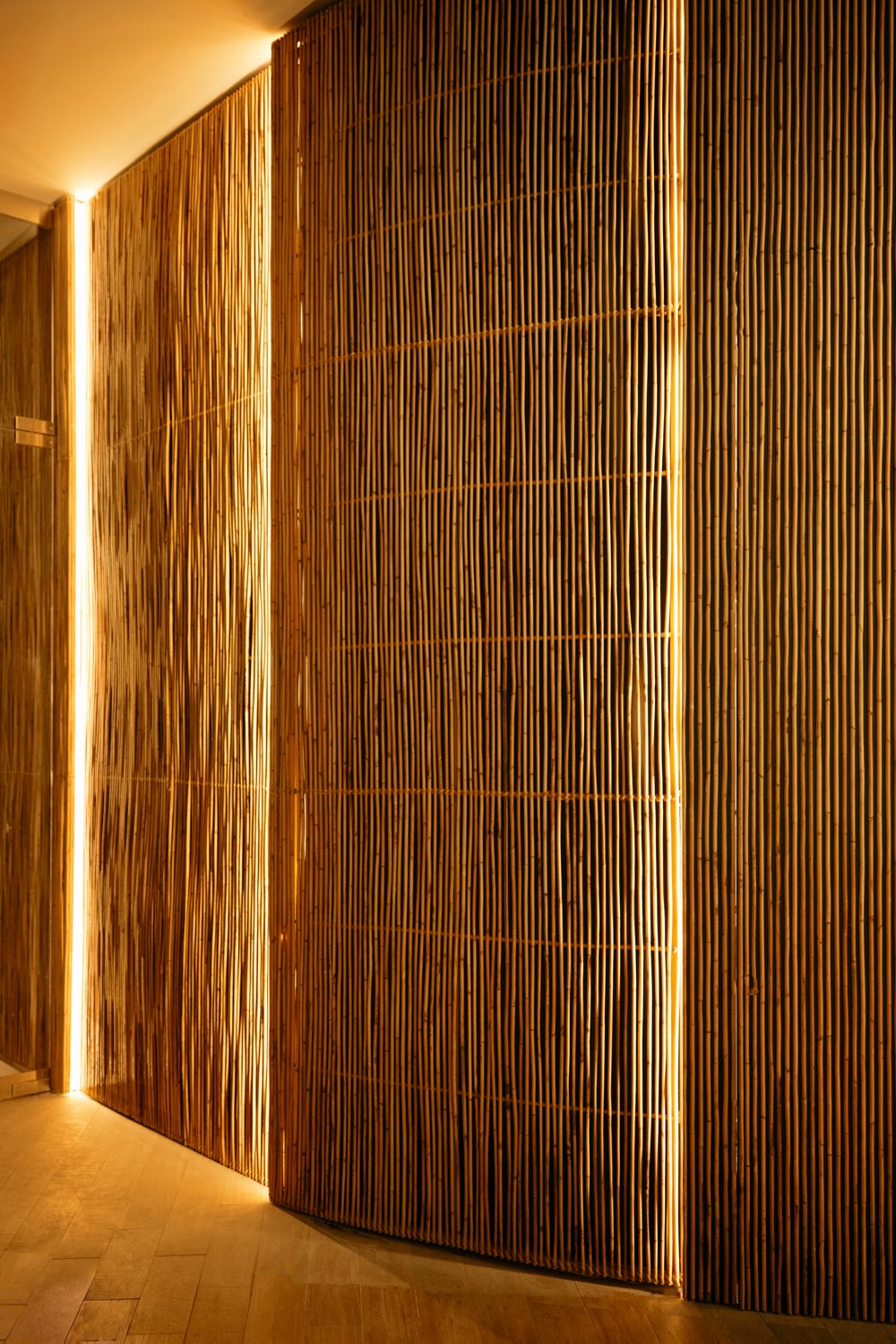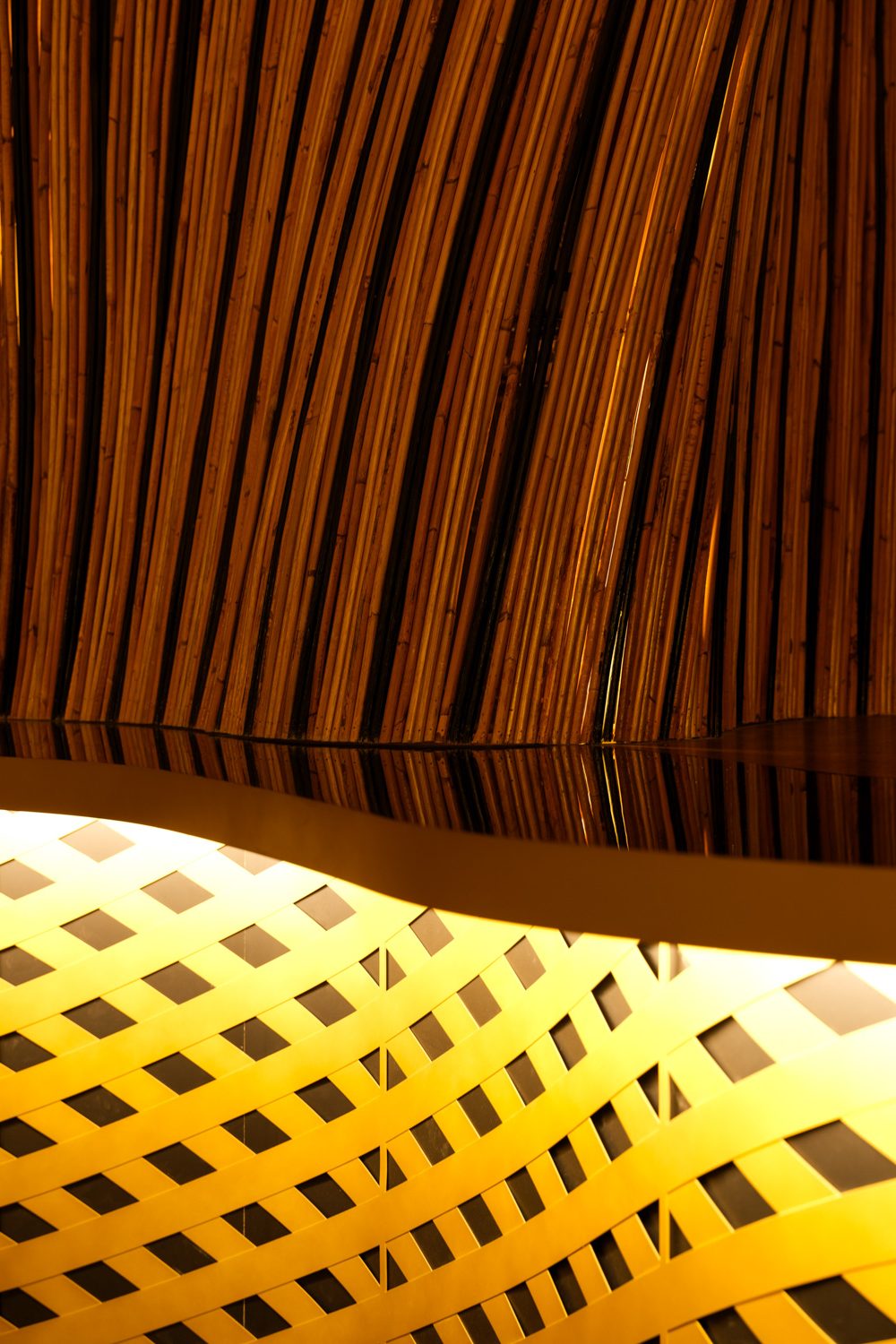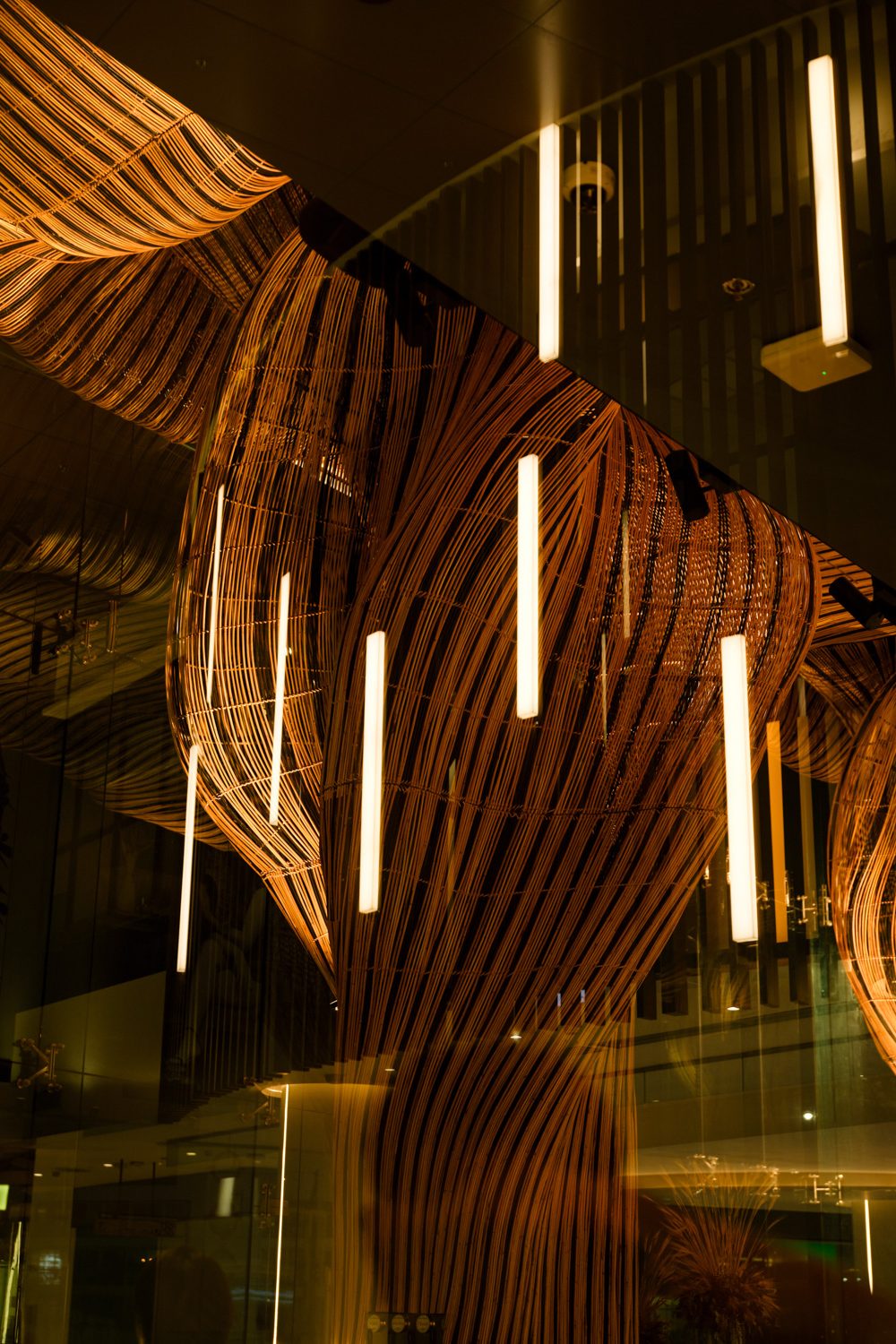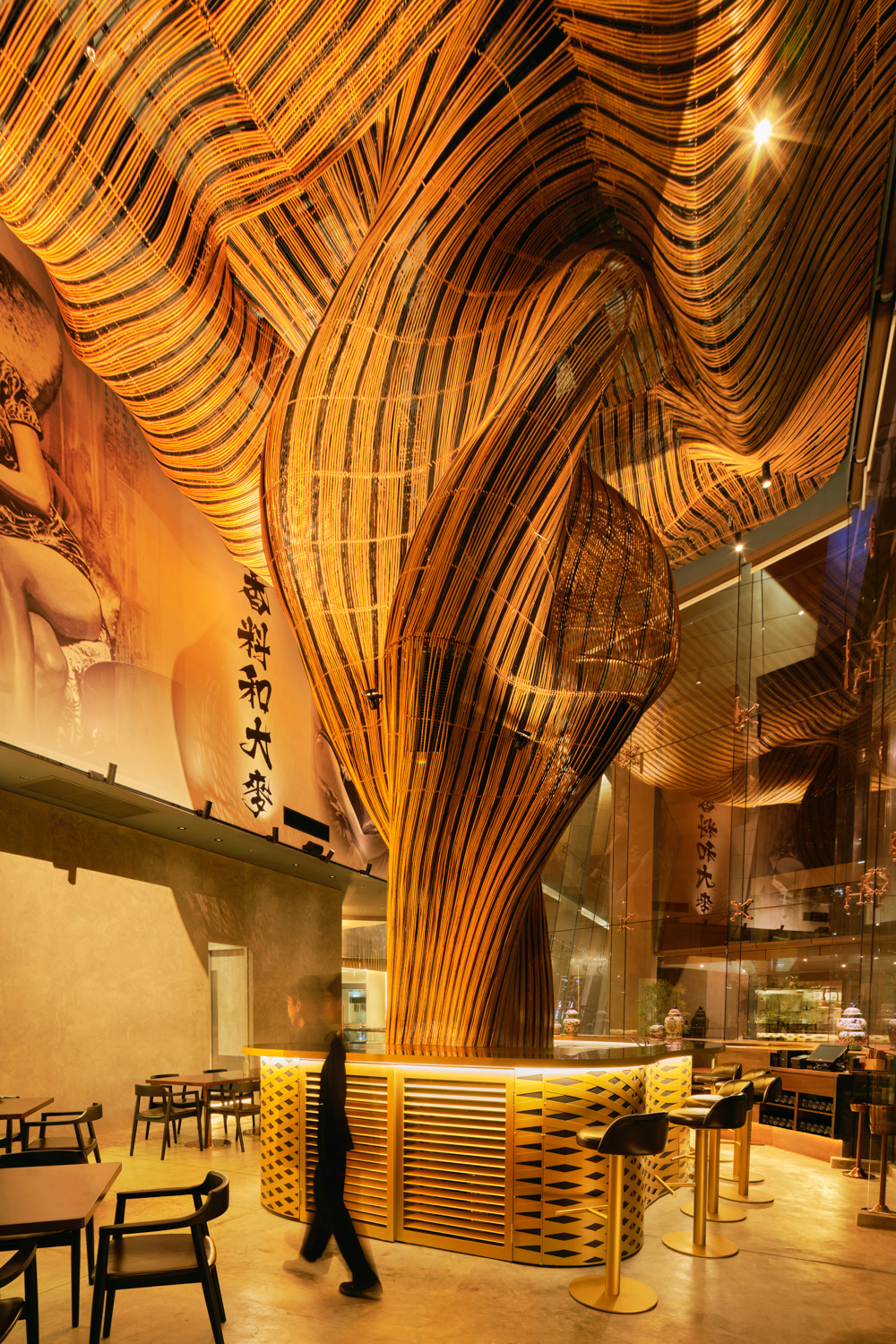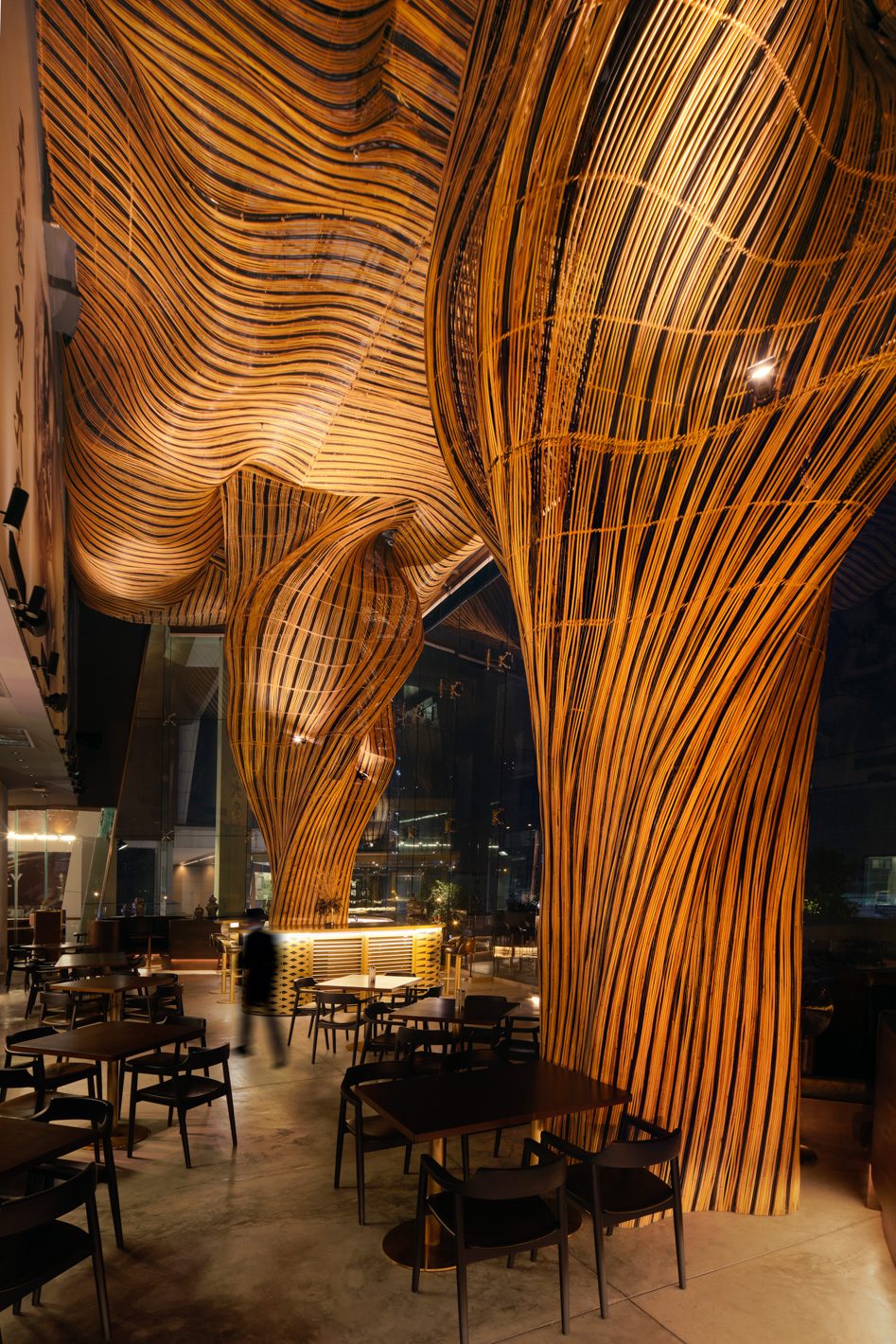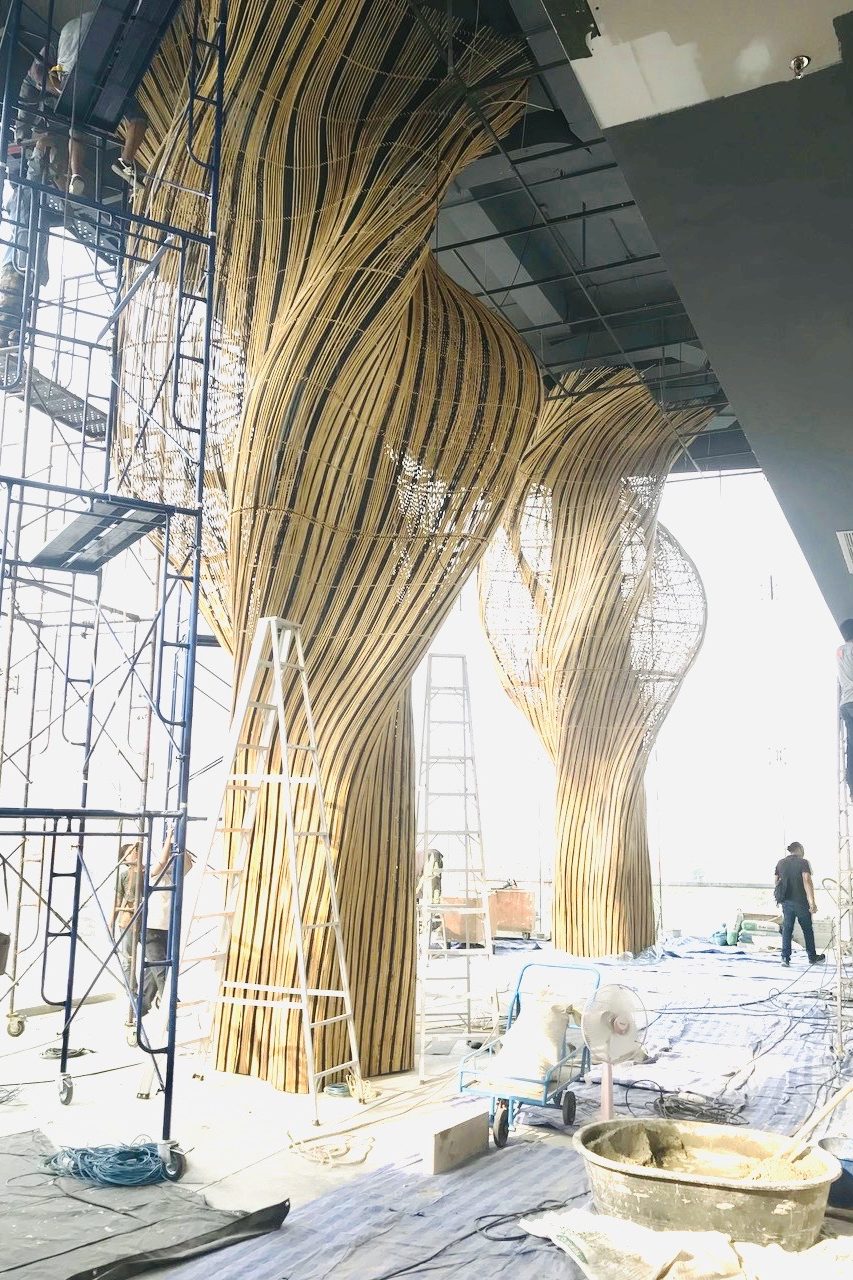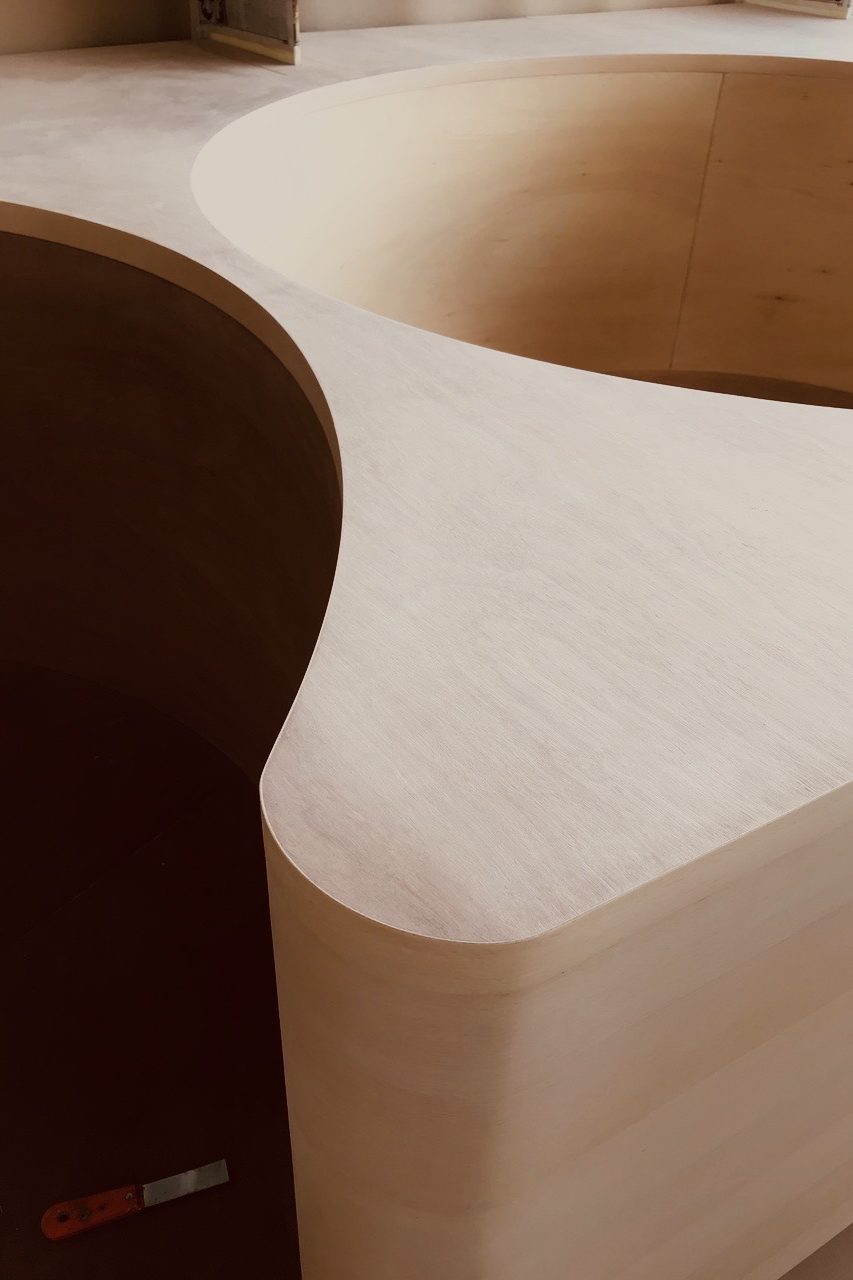ART4D SPEAKS TO ENTER PROJECTS ASIA ABOUT THE STUDIO’S DESIGN APPROACH IN THE INTEGRATION OF RATTAN AND MODERN TOOLS AND TECHNOLOGIES, PAVING A NEW WAY OF USING LOCAL MATERIAL IN CONTEMPORARY DESIGN
TEXT: RATCHADAPORN HEMJINDA
PHOTO COURTESY OF ENTER PROJECTS ASIA
(For Thai, press here)
In 2020, the design of a yoga studio named Vikasa by Enter Projects Asia won the Leisure and Wellness Interior Awards from Dezeen Awards. In addition to its striking visuals, this large-scale rattan structure bespeaks the studio’s unique approach, which is the integration of modern tools and technologies with Thailand’s local materials and craftsmanship wisdom. art4d had the opportunity to sit down and talk with Enter Projects Asia, the Australian design practice with a headquarters in Phuket, Thailand, about their design philosophy.
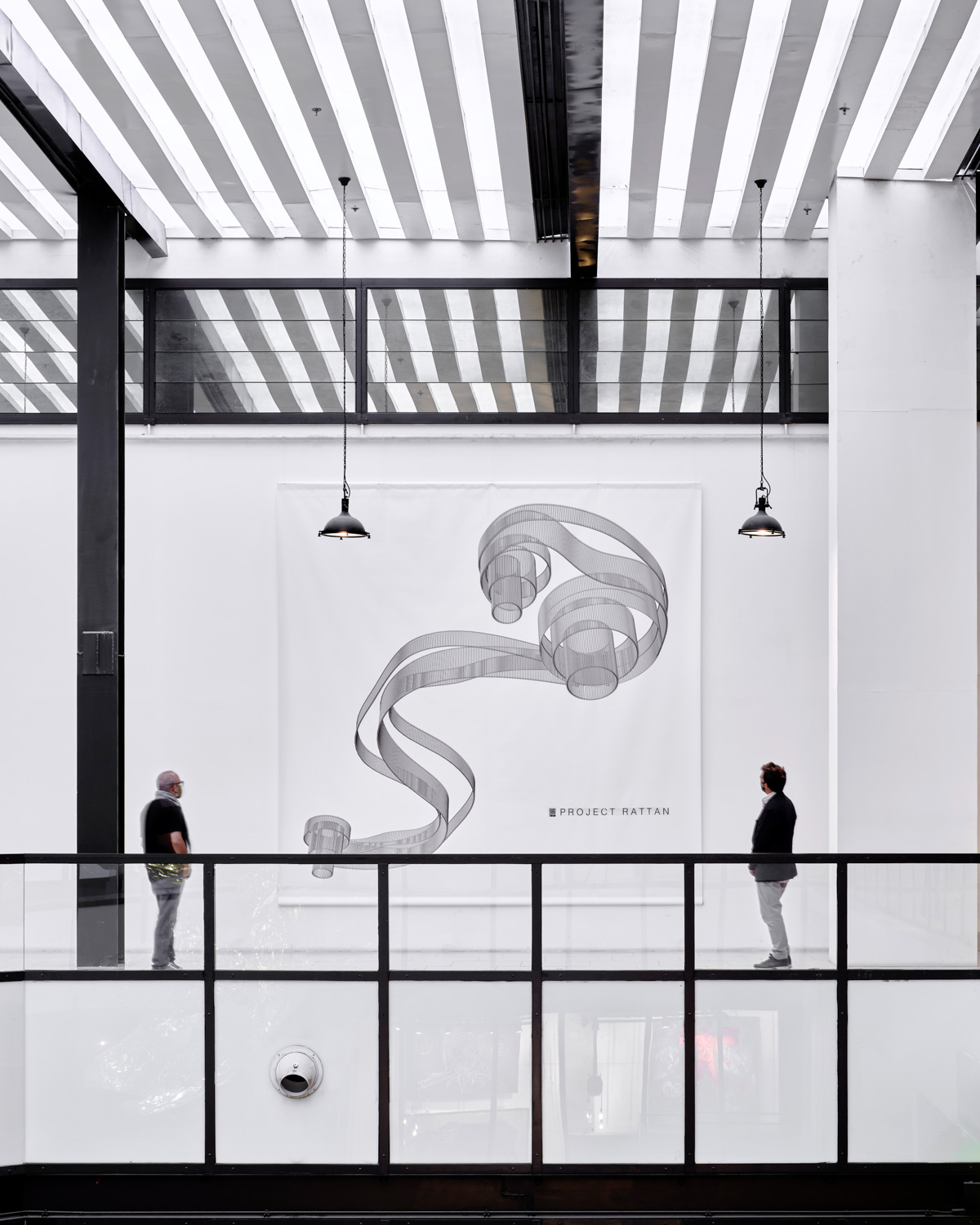
Project Rattan
Enter Projects Asia began working in the Southeast Asian region back in 2004 as Architects for a Serviced Apartment building in Bangkok. They were then approached for a large-scale project in Phuket where they were asked to design a masterplan.
“It was an interesting project but unfortunately it was called off,” Patrick Keane, the director of the studio told us before further explaining that it was then that they really saw the opportunity and potential of setting up an office in Thailand, specifically for how open the country was. “It was the first time I was able to work and present my design without having to be restricted by any limitations, which was refreshing after working through so much red tape in other countries.”
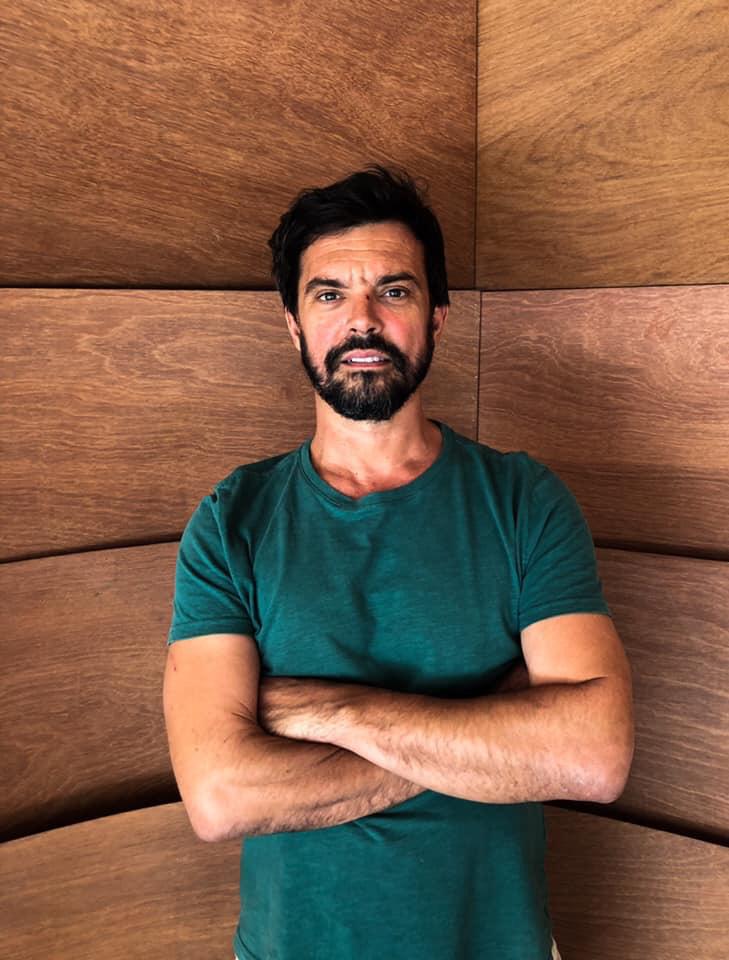
Enter Projects Asia’s scope of work is also diverse and very open. Years into their career, the studio’s portfolio includes interior design for hotels and resorts,rooftop restaurants, co-working spaces, facades and masterplan design with Visaka being their first completed project in the Health & Wellness space. With the construction finalized in January 2020, the yoga studio is also their kick-off project following the permanent move to Thailand. Looking into their works, we find that one of the most distinctive characteristics of Enter Projects Asia is the ambiguity between architecture, interior design and sculpture.
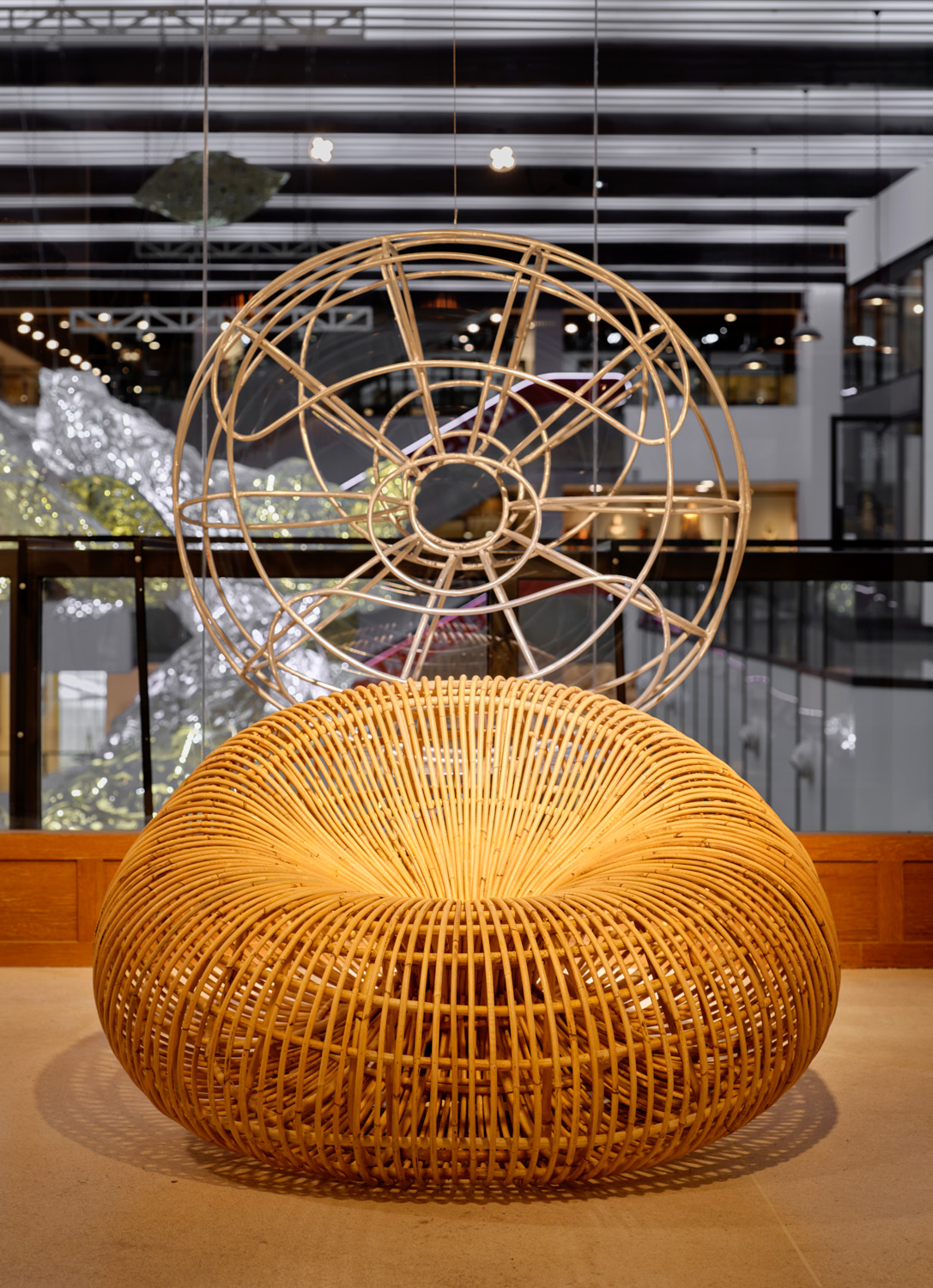
Project Rattan
Project Rattan is one of the works that is indicative of their unique approach. Patrick recalls its genesis and it was during the lockdown when everything was put on hold. “It was the time when I decided to put our focus on locality and explore Thailand’s local materials and wisdom.” They had worked with ‘rattan’ during the construction of Vikasa and decided to start by working on something smaller, like furniture.
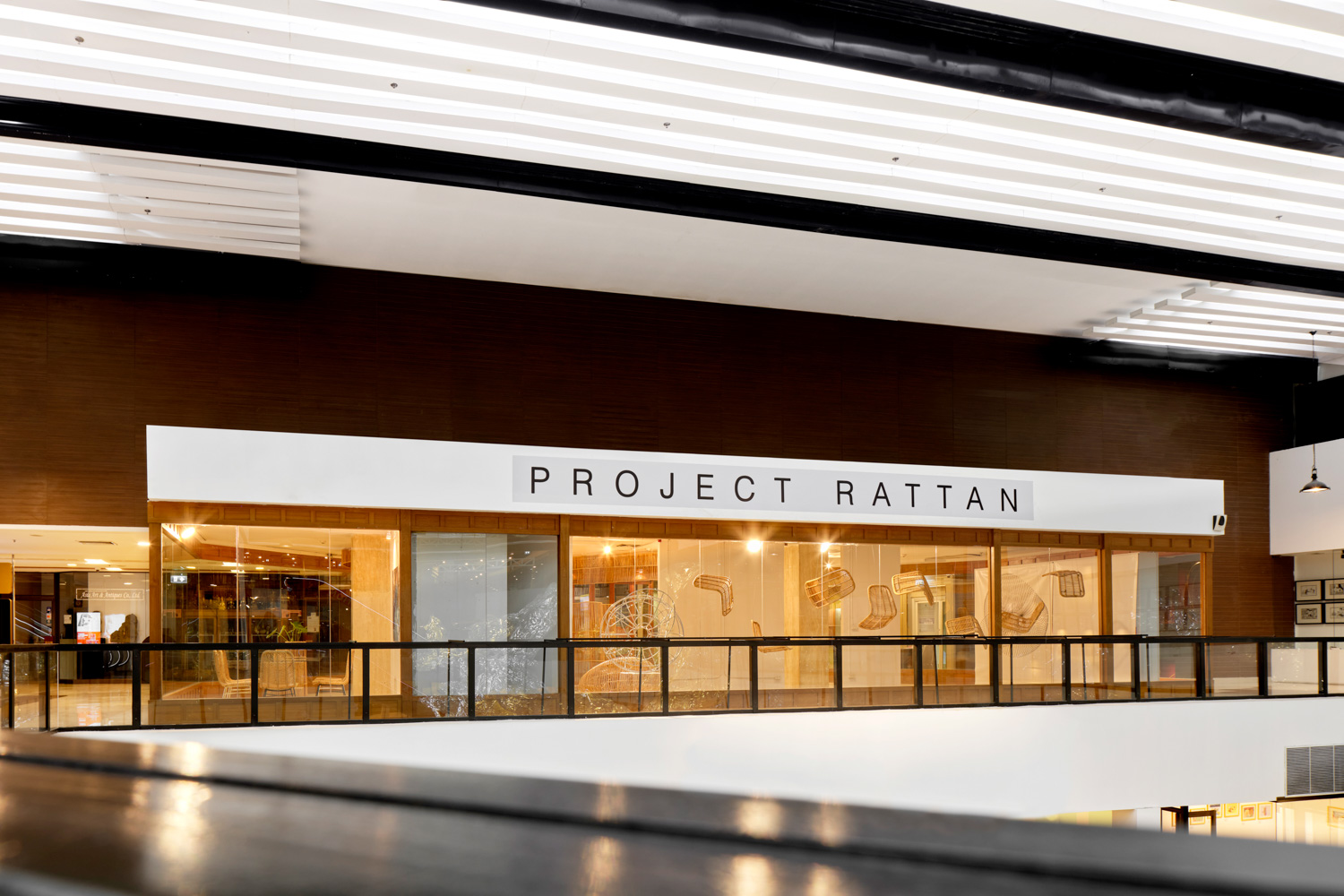
Project Rattan
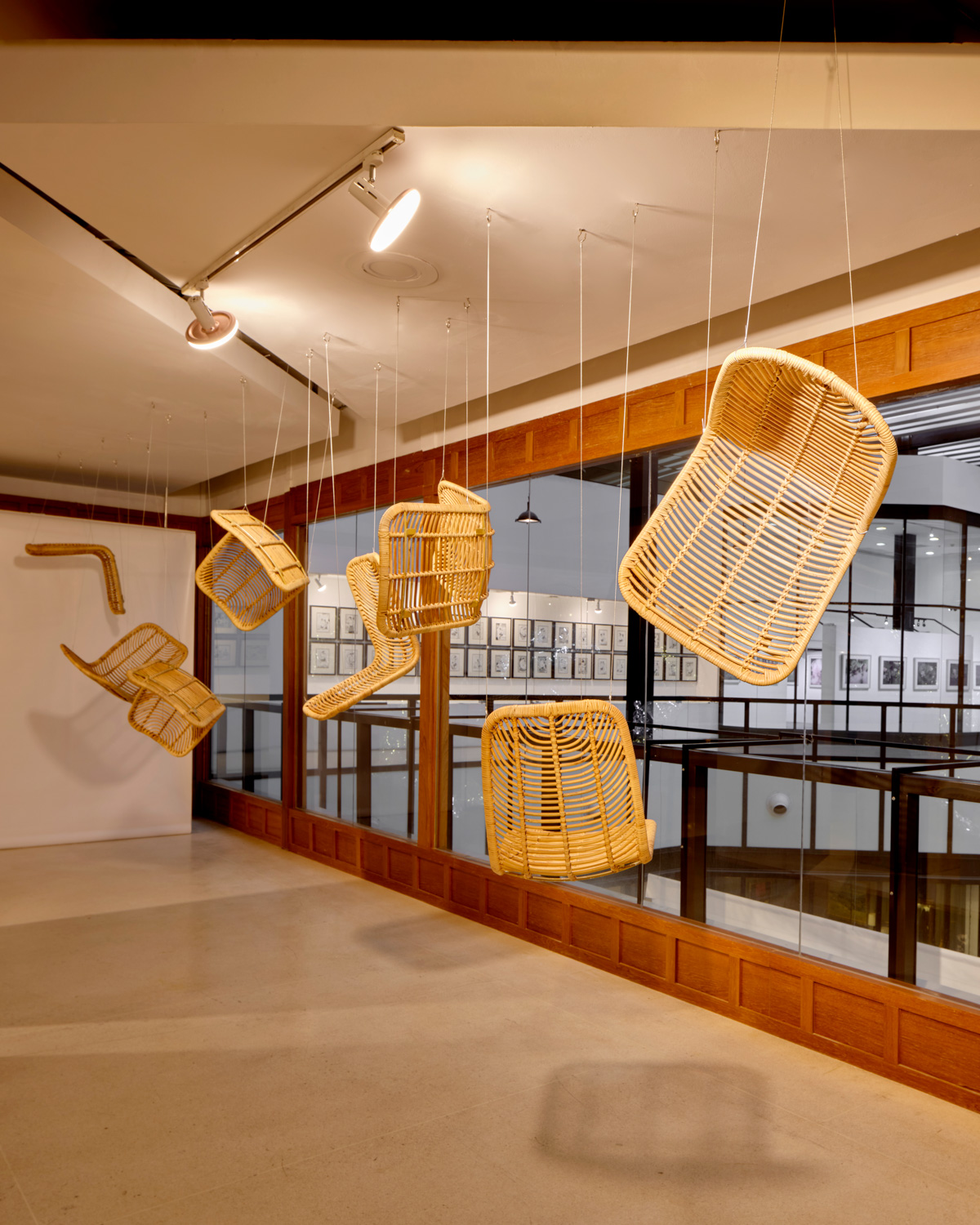
Project Rattan
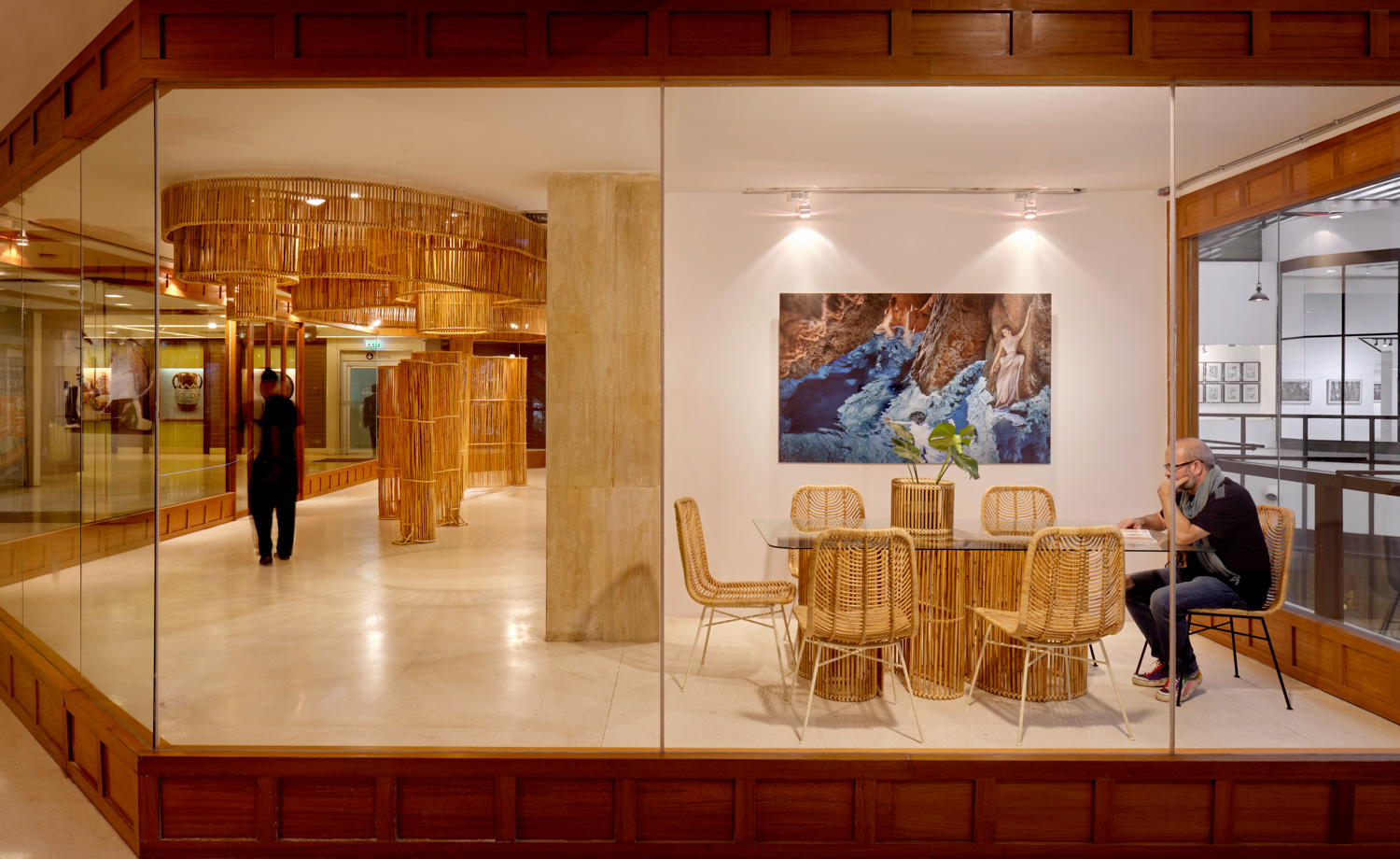
Project Rattan
One of them is the Infinity Collection. “Rattan is one of the most sustainable materials in the world. It’s incredibly easy to find in this region and gives a much better texture than plastic or other synthetic materials – as well as being 100% biodegradable.” Instead of letting the rattan craftspeople stick to making basic products such as baskets, everyday utensils or the type of rattan furniture found in suburban flea markets, Patrick invited the local artisans to work with his team. With flexibility being one of the material’s physical qualities, rattan can be easily crafted into geometric forms. That gives them the opportunity to incorporate computer-generated technology to the formation of the work’s organic forms with the final result being interesting and distinctive, sculpture-like design creations.

Project Rattan
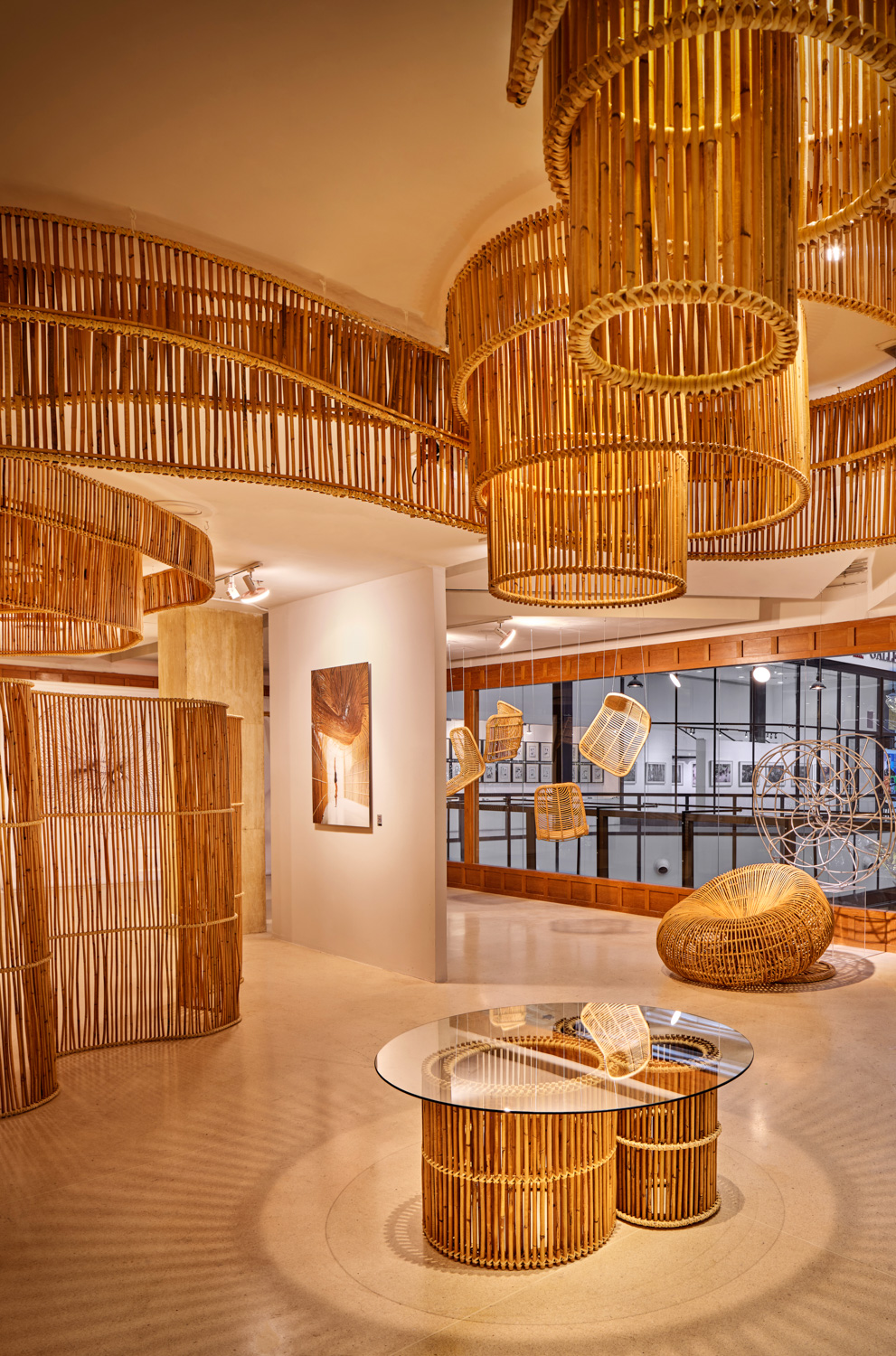
Project Rattan
Their latest project, SPICE &BARLEY Riverside , is a rattan sculpture with a staggering 9-meter floor-to-ceiling height. “We’ve been very lucky to be able to work with clients who put so much trust in us. The contractor actually wanted us to use steel and plastic for the columns but that would have been the wrong choice for us, not to mention the expensive cost.” The team pushed for the idea of using rattan with the help of 3D-rendering software and the use of models to explain to the manufacturers how each part would be put together into an actual structure.
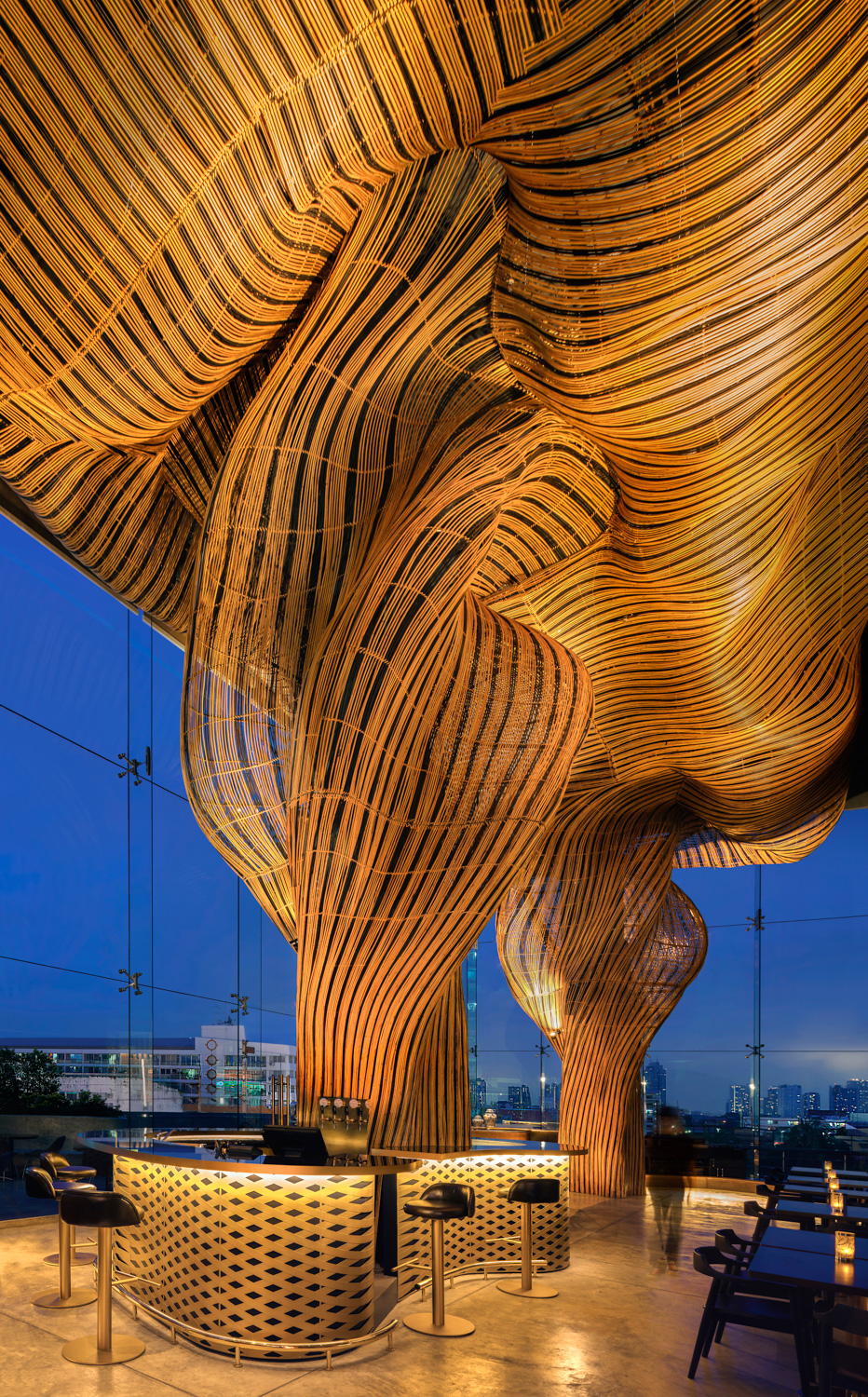
SPICE & BARLEY Riverside

SPICE & BARLEY Riverside
“To me, working with rattan is more than just a set of skills, but a wisdom that has been passed on from generation to generation. These traditions and wisdom have never been lost but the problem is rattan’s value is being diminished bythe low-quality plastics imported from overseas, which are creating tremendous negative impacts on the environment and the world.” Apart from its physical attributes and suitability, rattan holds its own story, and a good experience is created, not merely from visuals but through substances and meanings. As for Enter Projects Asia’s next step, Patrick said that he is trying to incorporate new construction technologies to the making of art and crafts, from 3D printing to modern methods such as modular and prefabrication construction. One of the key benefits is on-site assembly of prefabricated parts and components. We wonder what other plans will Enter Projects Asia have in store for us, guess we will have to wait and see.

Project Rattan

